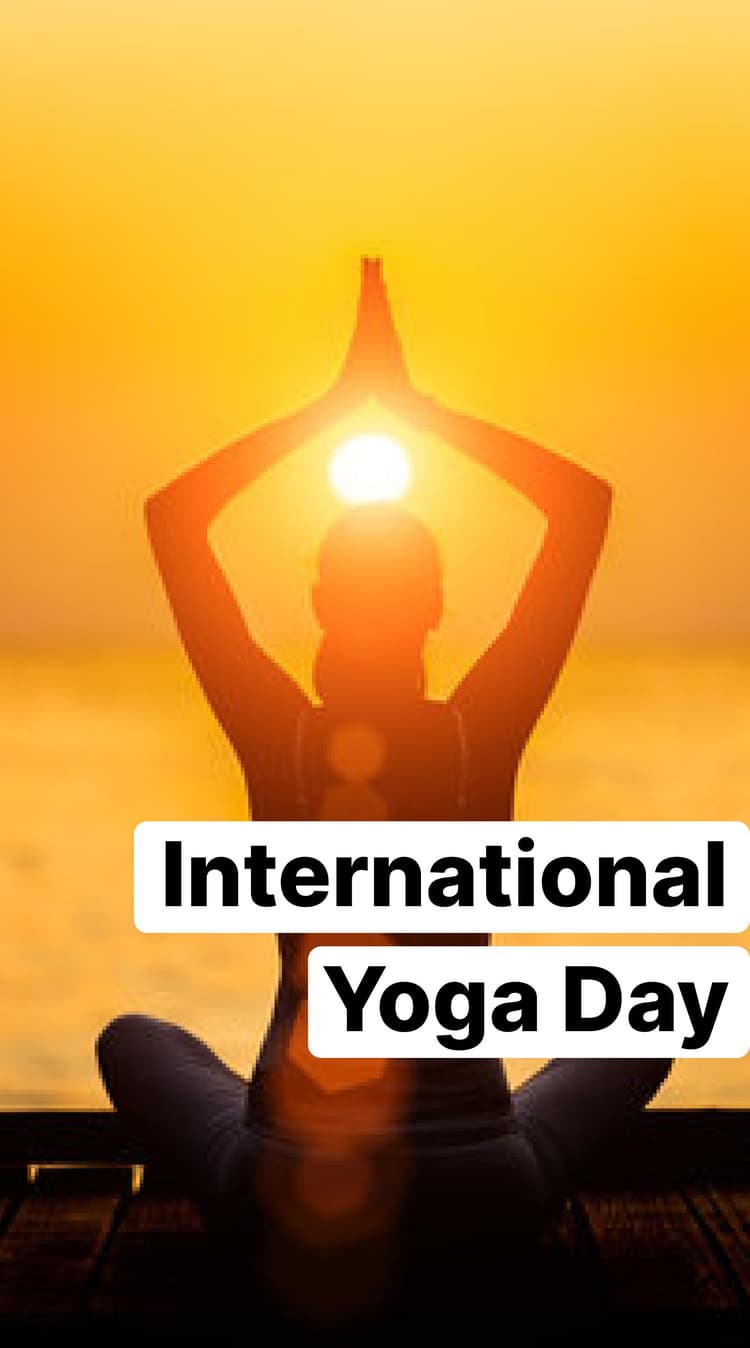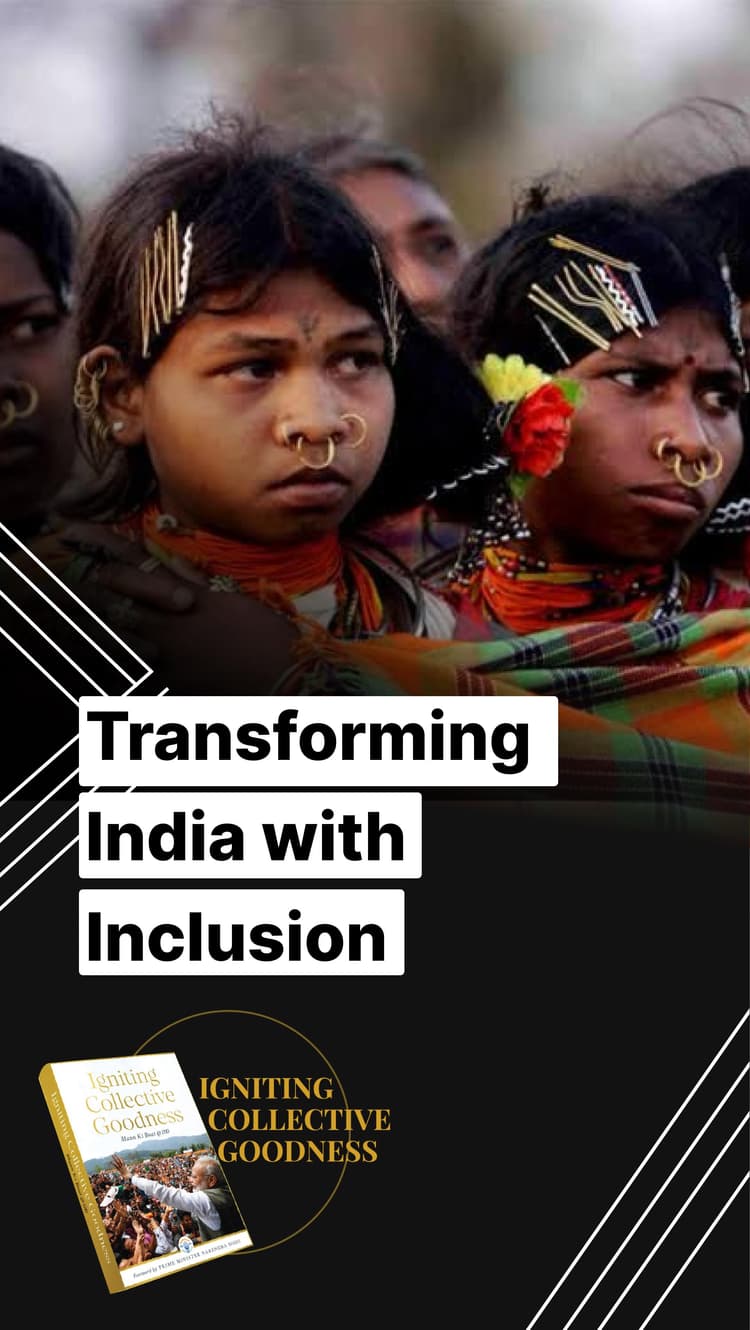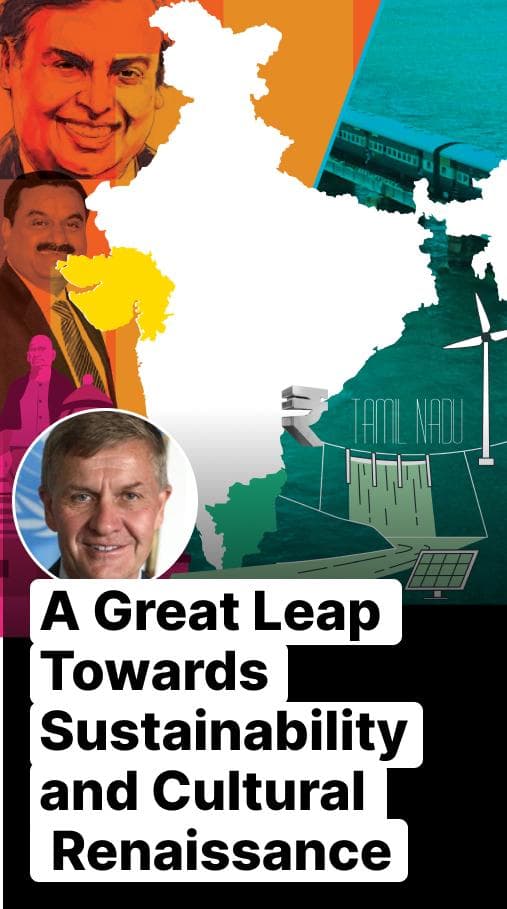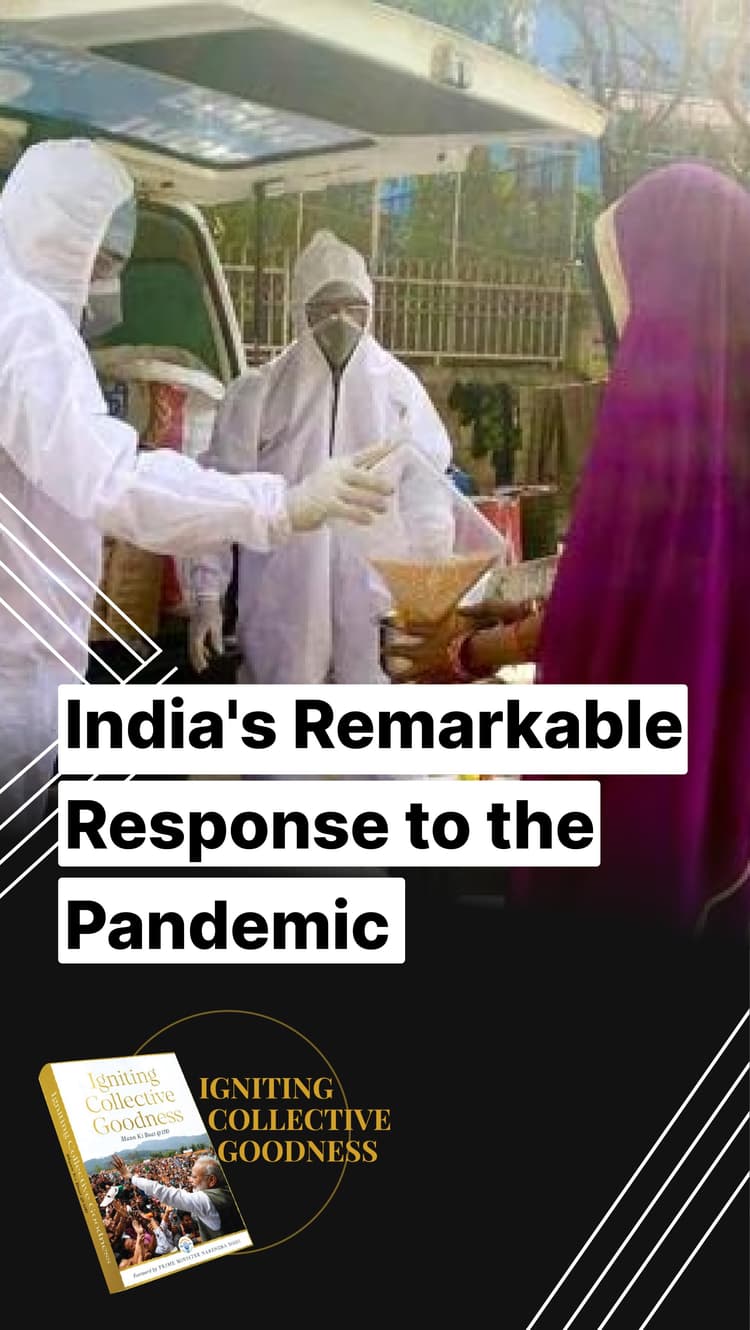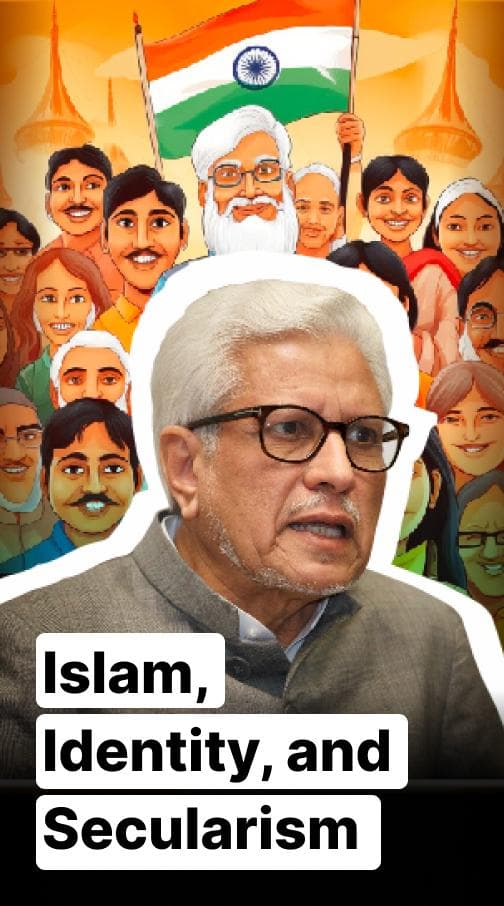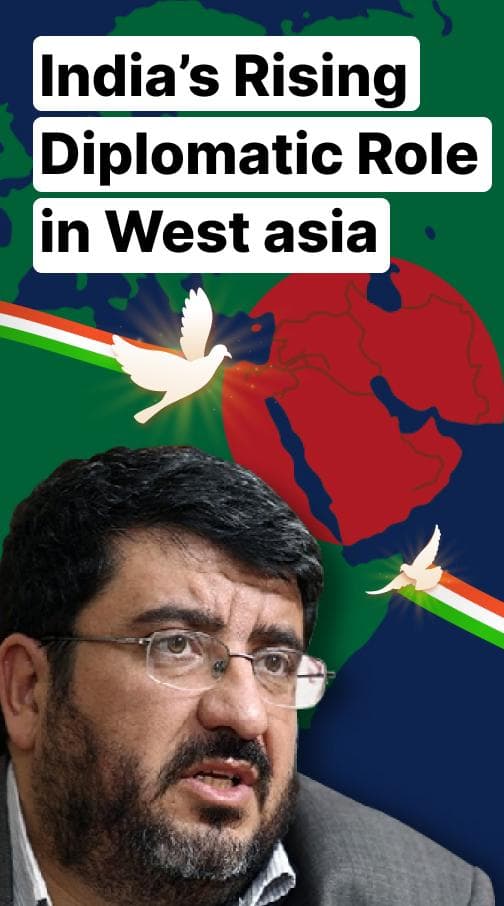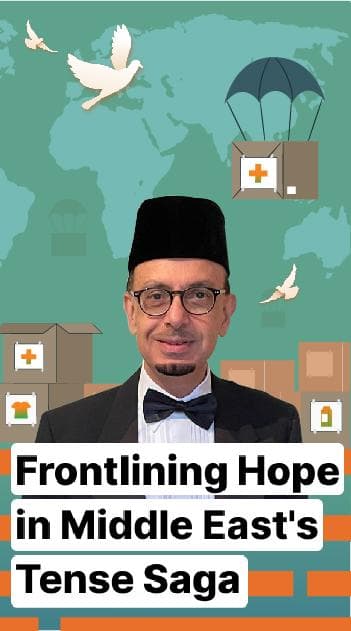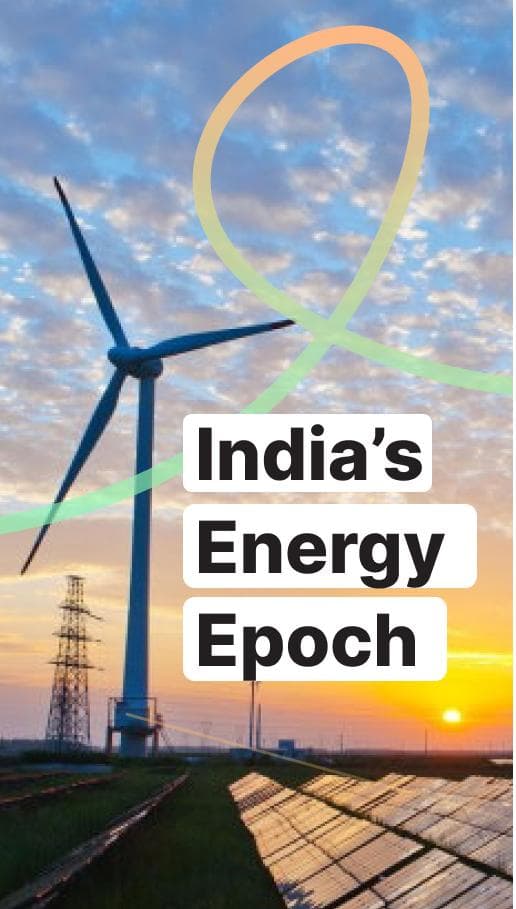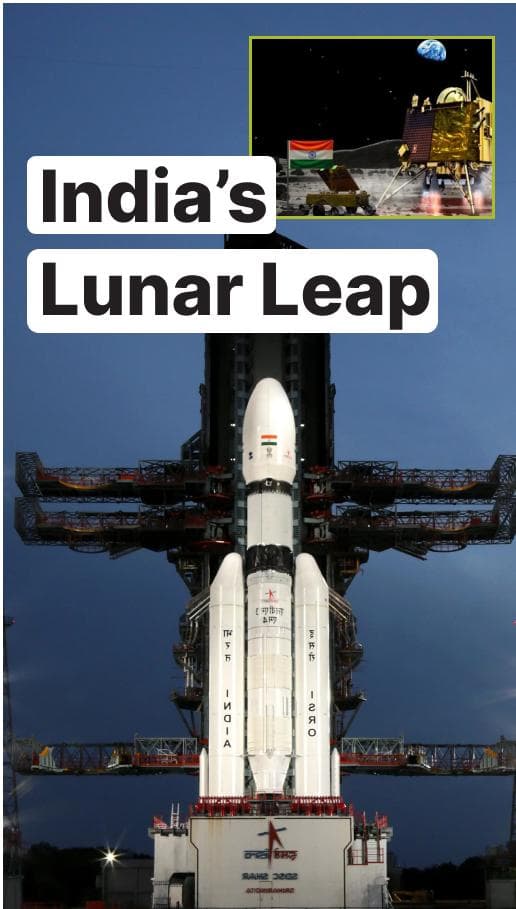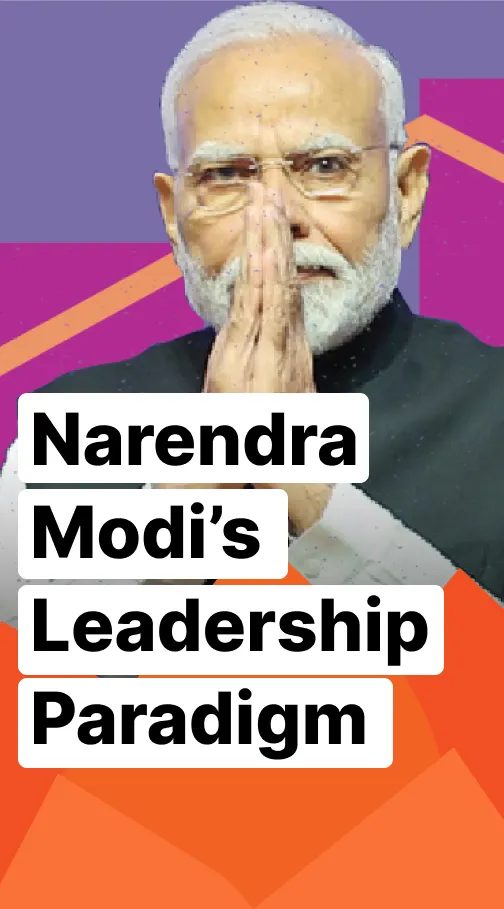Contrasting Realities: Protests in PoK and Progress in Jammu and Kashmir
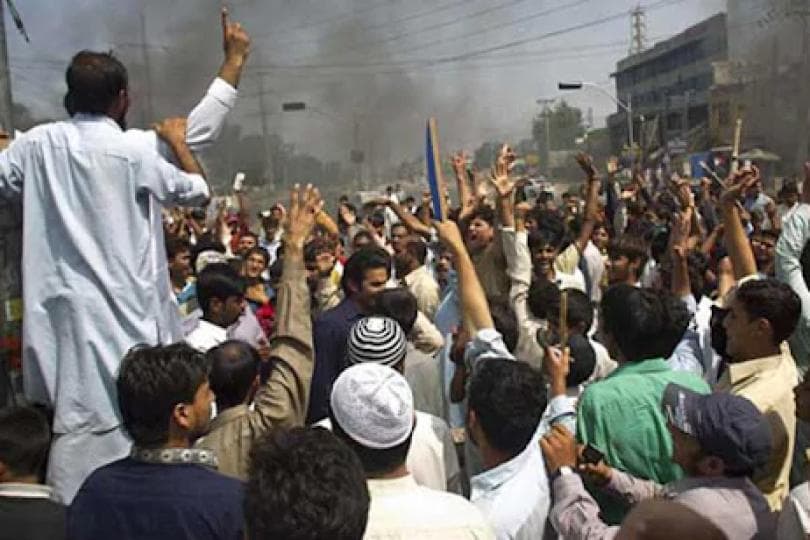
Protests have erupted in Pakistan-Occupied Kashmir (PoK) over the imposition of unjust taxes by the Pakistan administration and the subsequent arrests of 70 activists. The unrest escalated into clashes between civilians and security forces in various locations, including Dadyal and Mirpur district. Reports indicate that dozens of activists were arrested, and the clashes left multiple people injured. In response to the protests, Pakistani authorities deployed additional forces, including FC and Ranger troops, to suppress dissent in Muzaffarabad. The situation worsened with reports of tear gas firings on school students in Mirpur, drawing condemnation from rights activists who denounced the state brutality as a tactic to quell protests. The United Kashmir People’s National Party (UKPNP) condemned the arrests and the imposition of Article 144 in PoK, urging international intervention to address the escalating crisis. The Human Rights Commission of Pakistan (HRCP) highlighted the lack of attention given to human rights abuses in PoK and emphasised the need for greater international scrutiny. From its treatment of minorities to the torture of people in occupied Kashmir, the trajectory of Pakistan towards a failed state is evident.
External Affairs Minister S. Jaishankar emphasised the unified commitment of all political parties in India to reclaim Pakistan-Occupied Kashmir (PoK), which is an integral part of India. He noted that the issue of PoK has gained prominence following the revocation of Article 370 in Jammu and Kashmir, a decision that has fundamentally altered the dynamics of the region.
Since the abrogation of Article 370, Jammu and Kashmir has experienced remarkable growth in various sectors, particularly in business and tourism. Infrastructure development has been a key focus, with over 10,000 kilometres of roads constructed since 2019, including the Zojila Tunnel, Asia's longest and highest tunnel. Data from the Ministry of Home Affairs (MHA) indicates a substantial increase in project completion rates in Jammu and Kashmir, with 92,560 projects completed in the fiscal year 2022-23 compared to 9,229 in 2018-19. Improved road connectivity has significantly reduced travel time between Jammu and Srinagar, enhancing accessibility to the region. The removal of Article 370 has been credited with attracting a record number of tourists to Jammu and Kashmir, surpassing two crore visitors in 2023, the highest since India gained independence. The G-20 tourism-related event held in Srinagar further bolstered tourism, drawing attention from international media and highlighting India's efforts to restore stability and promote development in Kashmir. Furthermore, significant investments have been made in Jammu and Kashmir, with Rs 840.55 crore in 2017-18, followed by Rs 590.97 crore in 2018-19, Rs 296.64 crore in 2019-20, Rs 412.74 crore in 2020-21, and Rs 376.76 crore in 2021-22. Additionally, Pakistan's reputation for sponsoring the radicalisation of youth in Jammu and Kashmir is well-established. Nevertheless, the abrogation has empowered the Indian Army to effectively Quash this menace.
In juxtaposition to the turmoil witnessed in PoK, the developments in Jammu and Kashmir paint a picture of progress, prosperity, and promise. As India continues to usher in a new era of growth and development, the stark disparity between the two regions underscores the transformative impact of governance and policy decisions on millions of lives.

